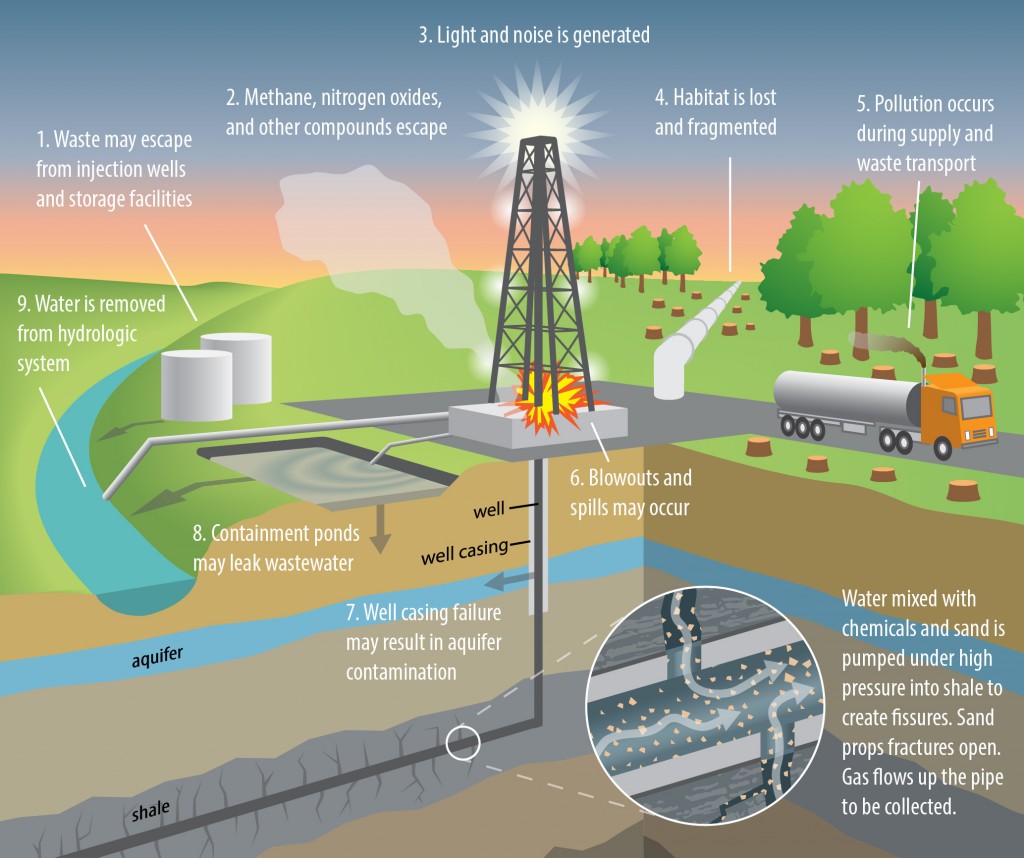

In Pavillion, a town of about 160 people in the heart of the Wind River Indian Reservation, the gas wells are crowded close together in an ecologically vivid area packed with large wetlands and home to 10 threatened or endangered species. Other than farming, there is no industry in the immediate area. They said the contaminant causing the most concern – a compound called 2-butoxyethanol, known as 2-BE – can be found in some common household cleaners, not just in fracturing fluids.īut those same EPA officials also said they had found no pesticides – a signature of agricultural contamination – and no indication that any industry or activity besides drilling could be to blame. They were careful to say they’re investigating a broad array of sources for the contamination, including agricultural activity. In interviews with ProPublica and at a public meeting this month in Pavillion’s community hall, officials spoke cautiously about their preliminary findings. If they find that the contamination did result from drilling, the placid plains arching up to the Wind River Range would become the first site where fracturing fluids have been scientifically linked to groundwater contamination. Scientists in Wyoming will continue testing this fall to determine the level of chemicals in the water and exactly where they came from. But the industry says environmental regulation is unnecessary because it is impossible for fracturing fluids to reach underground water supplies and no such case has ever been proven. Congress is mulling a bill that aims to protect those water resources from hydraulic fracturing, the process in which fluids and sand are injected under high pressure to break up rock and release gas. The study, which is being conducted under the Environmental Protection Agency’s Superfund program, is the first time the EPA has undertaken its own water analysis in response to complaints of contamination in drilling areas, and it could be pivotal in the national debate over the role of natural gas in America’s energy policy.Ībundant gas reserves are being aggressively developed in 31 states, including New York and Pennsylvania. Scientists also found traces of other contaminants, including oil, gas or metals, in 11 of 39 wells tested there since March. The lack of transparency about fracking chemicals puts human health at risk,” says Barbara Gottlieb, PSR’s Environment & Health Program director.Federal environment officials investigating drinking water contamination near the ranching town of Pavillion, Wyo., have found that at least three water wells contain a chemical used in the natural gas drilling process of hydraulic fracturing. “It’s very disturbing to see the extent to which critical information about these chemicals is shielded from public view. They can also persist in the human body, potentially causing health problems, writes the Scientific American.Įven with the knowledge that these“forever chemicals” are proven to be carcinogenic and are linked to birth defects, the EPA still approved these toxic substances threatening humans, animals, and the environment. “Forever chemicals” are compounds that may take hundreds, or even thousands, of years to break down in the environment. Read more: #ForeverFracked #PFAS- PSR Environment July 12, 2021Īccording to Common Dreams, the EPA’s approval in 2011 of three new compounds for use in oil and gas drilling or fracking that can eventually break down into PFAS, also called “forever chemicals,” was not publicized until Physicians for Social Responsibility (PSR) obtained internal records from the agency through a Freedom of Information Act request.

Former President Obama’s Environmental Protection Agency (EPA) had approved the use of per- and polyfluoroalkyl substances (PFAS), as well as dangerous chemicals that break down into PFAS, while fracking for gas and oil since 2011 despite concerns about toxicity.īREAKING: Our new study turned up evidence that highly toxic, cancer-causing chemicals called PFAS were used for fracking at 1,200+ oil and gas wells across the country.


 0 kommentar(er)
0 kommentar(er)
